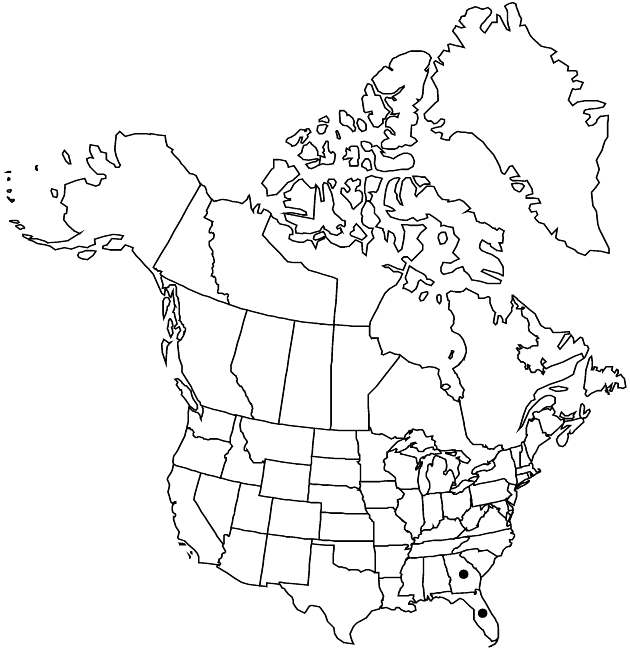Difference between revisions of "Marshallia ramosa"
Biltmore Bot. Stud. 1: 8, plate 2. 1901.
EndemicConservation concern
imported>Volume Importer |
imported>Volume Importer |
||
| Line 54: | Line 54: | ||
|publication year=1901 | |publication year=1901 | ||
|special status=Endemic;Conservation concern | |special status=Endemic;Conservation concern | ||
| − | |source xml=https:// | + | |source xml=https://bitbucket.org/aafc-mbb/fna-data-curation/src/2e0870ddd59836b60bcf96646a41e87ea5a5943a/coarse_grained_fna_xml/V19-20-21/V21_1151.xml |
|tribe=Asteraceae tribe Heliantheae | |tribe=Asteraceae tribe Heliantheae | ||
|subtribe=Asteraceae (tribe Heliantheae) subtribe Marshalliinae | |subtribe=Asteraceae (tribe Heliantheae) subtribe Marshalliinae | ||
Latest revision as of 20:08, 5 November 2020
Plants 20–60 cm. Leaves basal and cauline; basal petiolate; blades 3-nerved, linear, 6–18 cm × 2–7 mm. Heads (2–)4–10(–20), 10–25 mm diam. Peduncles 6–12 cm. Phyllaries 5–8 × 1.5–2 mm, (margins often winged proximally) apices obtuse to acute, often mucronulate. Paleae ± linear, apices obtuse, mucronulate to ± subulate. Corollas usually white, sometimes pale lavender, lobes 4–6 × 1 mm. Pappi: scales margins entire or denticulate. 2n = 18.
Phenology: Flowering May–Jun.
Habitat: Sandstone outcrops, pine savannas, mixed hardwoods and pines
Elevation: 100–200 m
Discussion
Of conservation concern.
Marshallia ramosa is known only from sandstone outcrops in southeastern Georgia and in the Florida panhandle. It is associated with pine savannas in Florida and with mixed hardwoods and pines in Georgia.
Selected References
None.
Lower Taxa
None.
